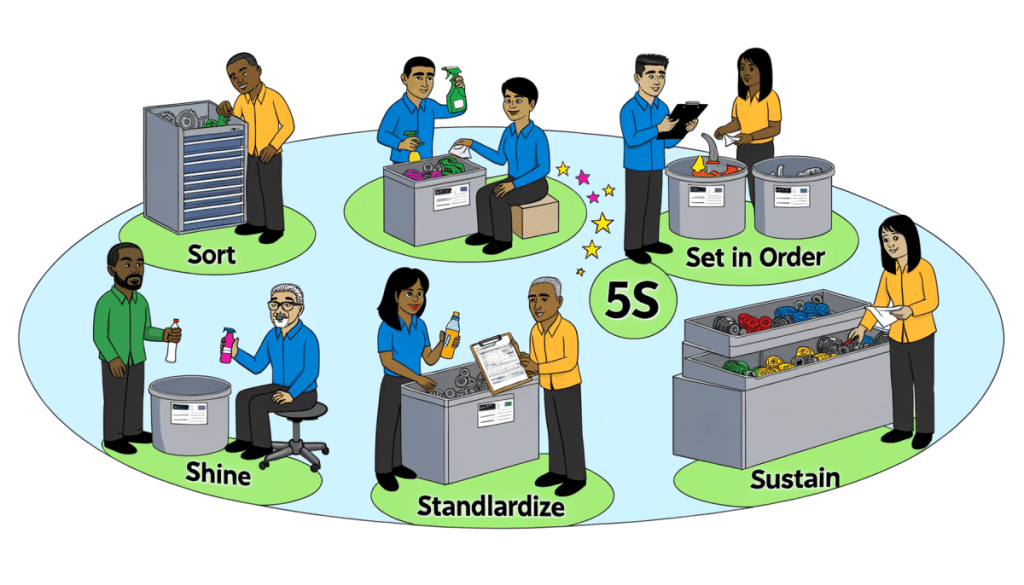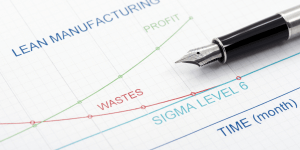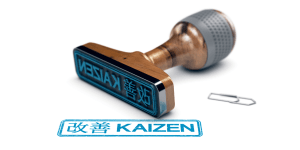Lean methodology is a principle centered around delivering value to the customer by minimizing waste. It focuses on improving efficiency, maintaining quality, and reducing costs, thereby enhancing customer satisfaction. One of the pillars of lean methodology is the 5S approach, a systematic method of workplace organization. This article will delve deep into understanding the fundamentals of lean methodology, focusing on the 5S approach, its practical benefits, and its application in real-world business scenarios.
Understanding the Basics of Lean Methodology
Lean methodology, also known as lean manufacturing or lean production, originated from the Toyota Production System. It is essentially a set of tools designed to minimize waste in a production system while maximizing productivity. The core idea behind lean methodology is to create more value for customers and less waste, meaning to create the maximum value with the least amount of resources. Lean methodology involves continuous improvement, which requires businesses to consistently seek out ways to reduce waste and improve operations.
This waste can be categorized into three types: Muda, which is non-value-adding work; Mura, which refers to unevenness in workloads; and Muri, meaning overburden. Lean methodology aims to eliminate these three types of waste, resulting in improved efficiency and effectiveness. It emphasizes identifying and eliminating activities that do not add value to the process. Lean methodology is not a fixed set of rules, but rather, it is a mindset of continuous improvement with the goal of enhancing customer value.
An In-Depth Look into the 5S Approach
The 5S approach is a fundamental part of lean methodology. It refers to five Japanese terms, starting with an ‘S’, that describe steps of a workplace organization method. The five S’s stand for Seiri (Sort), Seiton (Set In Order), Seiso (Shine), Seiketsu (Standardize), and Shitsuke (Sustain). Each of these steps plays a crucial role in maintaining an organized, clean, safe, and high-performing workspace.
‘Sort’ refers to segregating necessary items from unnecessary ones and discarding the latter. ‘Set In Order’ means arranging all necessary items in a manner that promotes efficient work flow. ‘Shine’ involves cleaning the workplace regularly to ensure it is tidy and clean. ‘Standardize’ refers to maintaining consistency in executing tasks and processes. Finally, ‘Sustain’ means making a habit of properly maintaining correct procedures. Together, these steps form a system that, when implemented properly, can drastically improve a work environment’s efficiency and effectiveness.
Practical Benefits of Implementing the 5S Approach
Implementing the 5S approach has several practical benefits. Firstly, it leads to improved organization. By sorting and setting in order, workplaces become more organized, eliminating the loss of time and resources spent searching for items. Secondly, it enhances efficiency. A well-organized workspace promotes smooth workflow and reduces unnecessary movements, leading to increased productivity.
In addition, the 5S approach promotes safety. A clean and orderly workplace prevents accidents and health risks. Furthermore, standardization ensures that all tasks are performed consistently, leading to improved quality of output. Lastly, by sustaining these practices, the 5S approach fosters a culture of continuous improvement. Employees become more engaged and take greater ownership of their workspace, leading to improved morale and job satisfaction.
Case Studies: 5S Approach in Real-World Business Scenarios
The 5S approach has been successfully implemented in various real-world business scenarios. For instance, in an automotive manufacturing company, the implementation of the 5S approach led to a significant reduction in the search time for tools, resulting in improved productivity. The company also saw a decrease in workplace accidents due to a cleaner and safer environment.
In another case, a hospital implemented the 5S approach in its pharmacy department. This led to a more organized and efficient workspace, drastically reducing the time taken to locate medicines. It also resulted in fewer errors in medication dispensing. Similarly, a software company implemented the 5S approach in its office, leading to a more organized workspace, faster problem-solving, and an overall increase in productivity. These case studies highlight the effectiveness of the 5S approach in different business scenarios and demonstrate its applicability across various sectors.
In conclusion, the 5S approach, as a pillar of lean methodology, is a powerful tool for enhancing efficiency, safety, and productivity in any workplace. By implementing this systematic method of workplace organization, businesses can eliminate waste, streamline processes, and ultimately deliver greater value to their customers. It promotes a culture of continuous improvement, leading to a positive impact on business performance. The 5S approach, with its proven real-world success, is indeed a valuable strategy for any business aiming for operational excellence.









